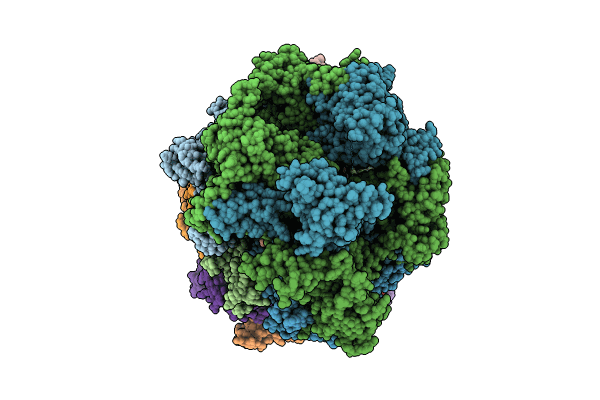
Deposition Date
2023-05-24
Release Date
2024-05-29
Last Version Date
2024-08-28
Entry Detail
PDB ID:
8P5E
Keywords:
Title:
S. cerevisiae nexus-sCMGE after DNA replication initiation
Biological Source:
Source Organism:
Saccharomyces cerevisiae (Taxon ID: 4932)
synthetic construct (Taxon ID: 32630)
synthetic construct (Taxon ID: 32630)
Host Organism:
Method Details:
Experimental Method:
Resolution:
3.90 Å
Aggregation State:
PARTICLE
Reconstruction Method:
SINGLE PARTICLE


